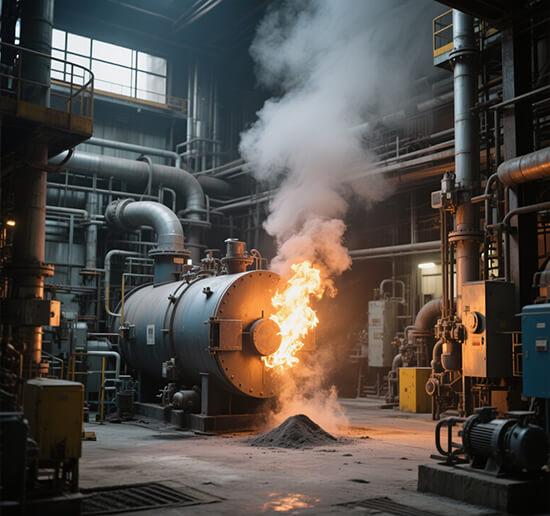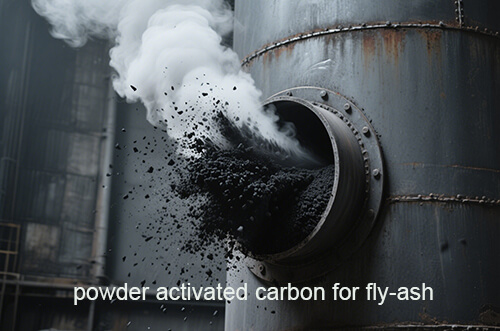
What is Fly-Ash?
Fly-ash definition
Fly ash is a tiny particle produced during the combustion process of coal-fired power plants, waste incineration plants, industrial boilers, etc. It is usually carried by flue gas and collected by dust removal equipment (such as electrostatic precipitator, bag filter, etc.). Due to its small particle size (usually between 1-100 microns) and large specific surface area, fly ash easily adsorbs pollutants produced during the combustion process, especially heavy metals and organic pollutants.Fly-ash main sources
Coal-fired power plants: Fly ash produced after coal combustion accounts for the main part of solid waste, and my country produces hundreds of millions of tons of fly ash every year.Waste incineration plants: Fly ash produced after the incineration of urban domestic waste contains higher concentrations of heavy metals (such as lead, cadmium, mercury) and toxic substances such as dioxins.
Industrial boilers: Fly ash produced by combustion in metallurgy, chemical industry and other industries may contain specific metal pollutants, such as arsenic and chromium.
Heavy metal components in fly ash
Fly ash is not only a particulate pollutant, but also contains a variety of harmful substances, especially heavy metals and toxic compounds, including:Heavy metals: mercury (Hg), lead (Pb), cadmium (Cd), arsenic (As), chromium (Cr).
Dioxins: Fly ash from garbage incineration often contains highly toxic dioxin compounds.
Other pollutants: polycyclic aromatic hydrocarbons (PAHs) and acidic gases (such as SO₂, HCl).
These toxic substances in fly ash not only threaten air quality, but may also enter soil and water bodies through sedimentation or emission, endangering the ecological environment and human health.
How does activated carbon purify fly-ash?
Activated Carbon Injection (ACI) is a highly efficient pollutant control technology that mainly achieves purification effects by introducing activated carbon particles into the flue gas treatment system to adsorb heavy metals and other harmful substances in fly ash.
Physical adsorption
Activated carbon has a rich pore structure and a huge specific surface area, which enables it to efficiently adsorb harmful substances in fly ash.Fly ash particle capture: The tiny particles in the fly ash come into contact with the activated carbon through the flue gas flow, and are captured and fixed by the pores on its surface.
Gaseous pollutant adsorption: Activated carbon can adsorb gaseous heavy metals (such as mercury) and volatile organic compounds (VOCs) such as dioxins in fly ash.
Chemical reaction
In order to enhance the purification capacity of activated carbon, its surface is usually chemically impregnated so that it can react chemically with harmful substances in fly ash to form stable compounds.Heavy metal fixation: Chemical reagents (such as sulfides) on the surface of activated carbon react with heavy metals (such as mercury and lead) to form non-volatile compounds to prevent their secondary release.
Dioxin decomposition: Activated carbon can catalyze the decomposition or adsorption of toxic organic matter such as dioxins to reduce their concentration.

